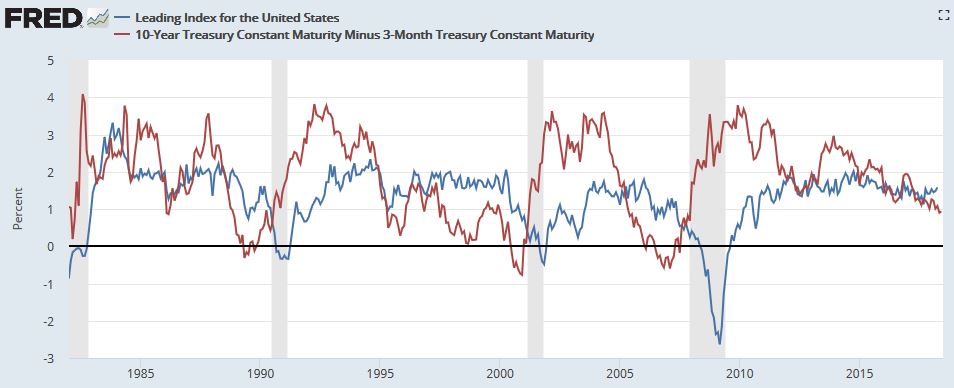It does, because sequence of returns risk is very real and you might not otherwise seriously consider it until it's too late.
There are a couple of issues/items to consider that should give you pause:
1. If a market downturn should happen, will you need to be drawing on the invested funds? When you draw on the invested funds during a downturn, you are locking in losses at that time - those (permanent) losses will not be made back if/when the market recovers. As you draw down during a market down turn, a fixed withdrawal amount will translate into a higher percentage of portfolio value.
2. What happens most recently in the market is going to have the greatest effect on your portfolio value, as it is applied to all prior contributions and gains. This is the basis of sequence of returns risk and why folks should move to a more conservative allocation as they near/reach retirement. You want that lifetime of contributions and gains to be able to carry you through retirement. Putting lots of it at risk is not justified for most folks.
3. In general, I find talk is cheap. Many folks easily say "Oh when the crash comes, I'll just stay the course, keep investing, and do just fine longer term - it's always worked out". Ask anyone near retirement who was too heavily invested in 2008 how that plan worked out. Honestly ask yourself where your threshold for pain is. Suppose you just retired, have $1M with a 50/50 allocation. The equity portion declines by 50% and the bonds stay flat. Now you're at $750k. Things aren't so rosy any longer. That's 50/50 - many swinging a big stick laugh at 50/50 and even 75/25...again, until it's too late. You'll see many folks very confident in their posts, freely handing out investment advice, what to invest in, laughing at folks who are conservative, using high equity allocation because they are doing so well with it ... today. That's what happens at market highs when things are going well. Avoid getting swept up in the euphoria.
Investment objective and risk tolerance - address those honestly and you'll be fine.





